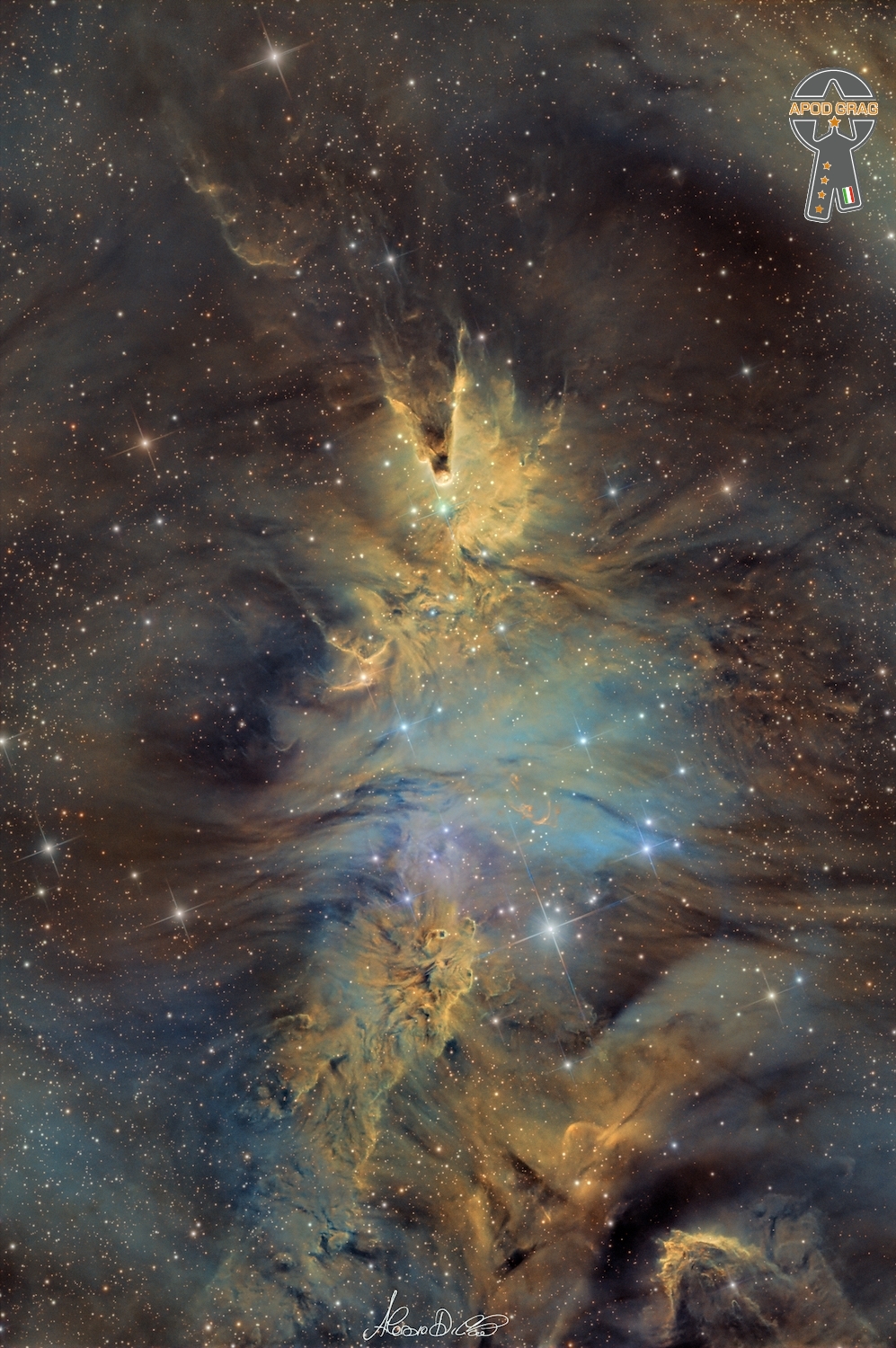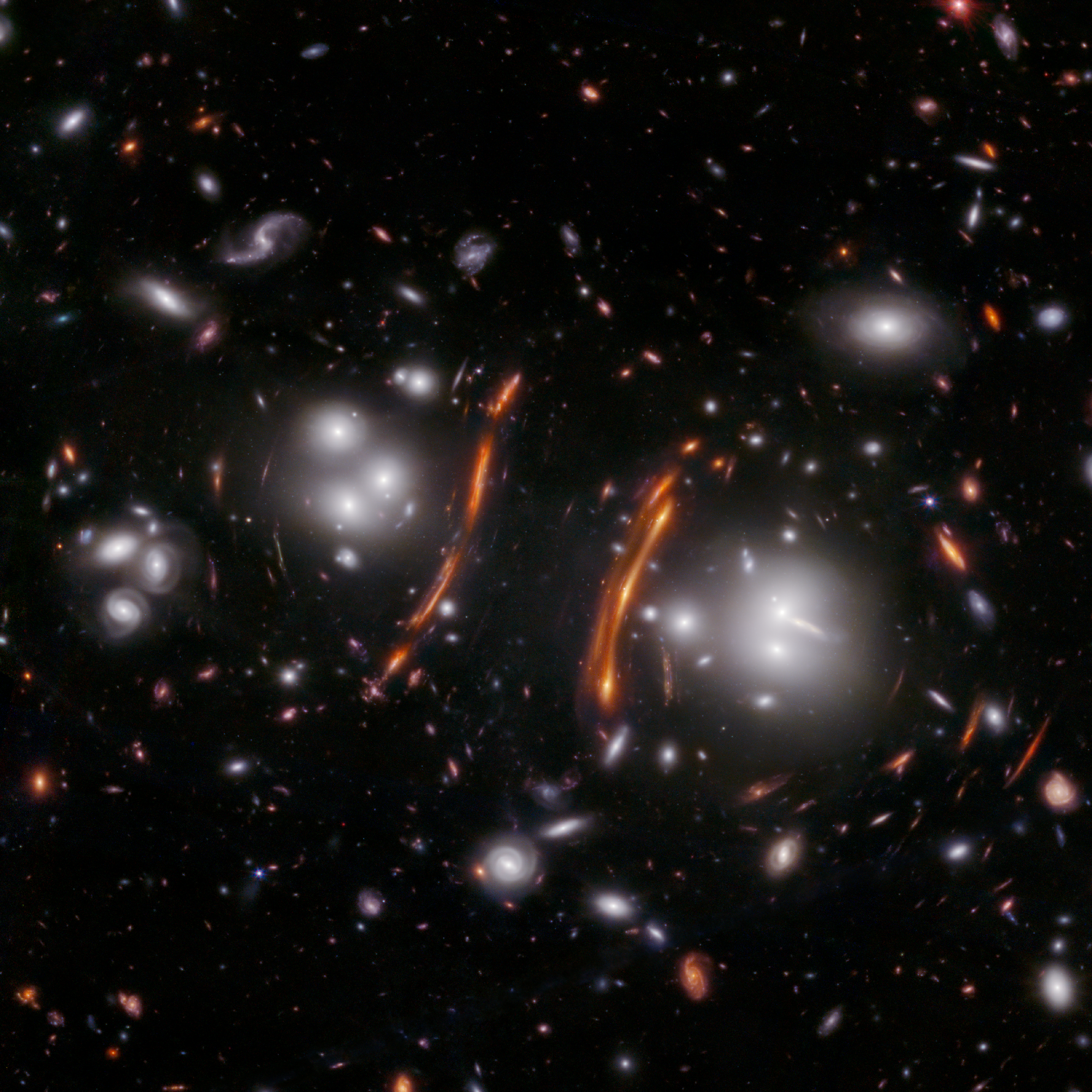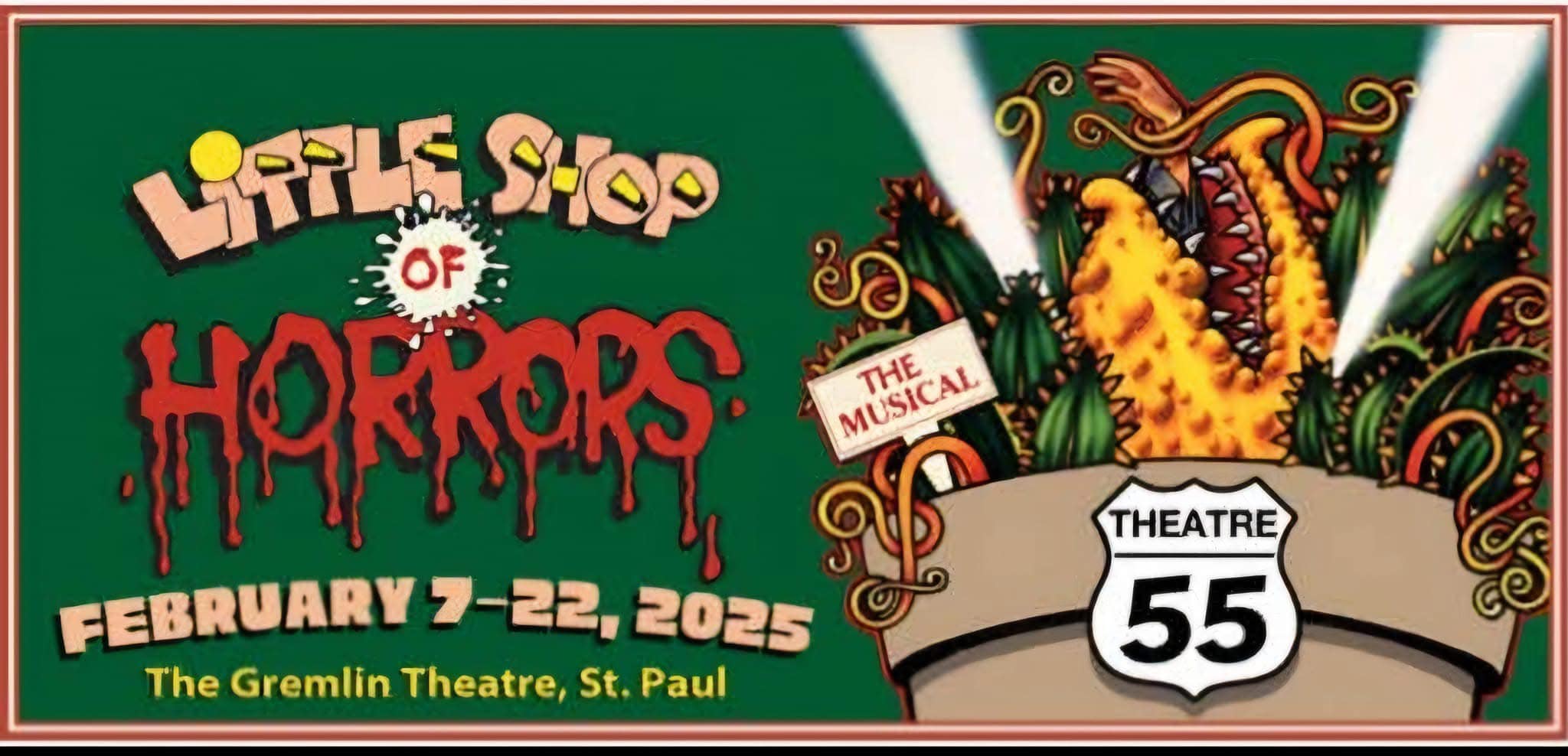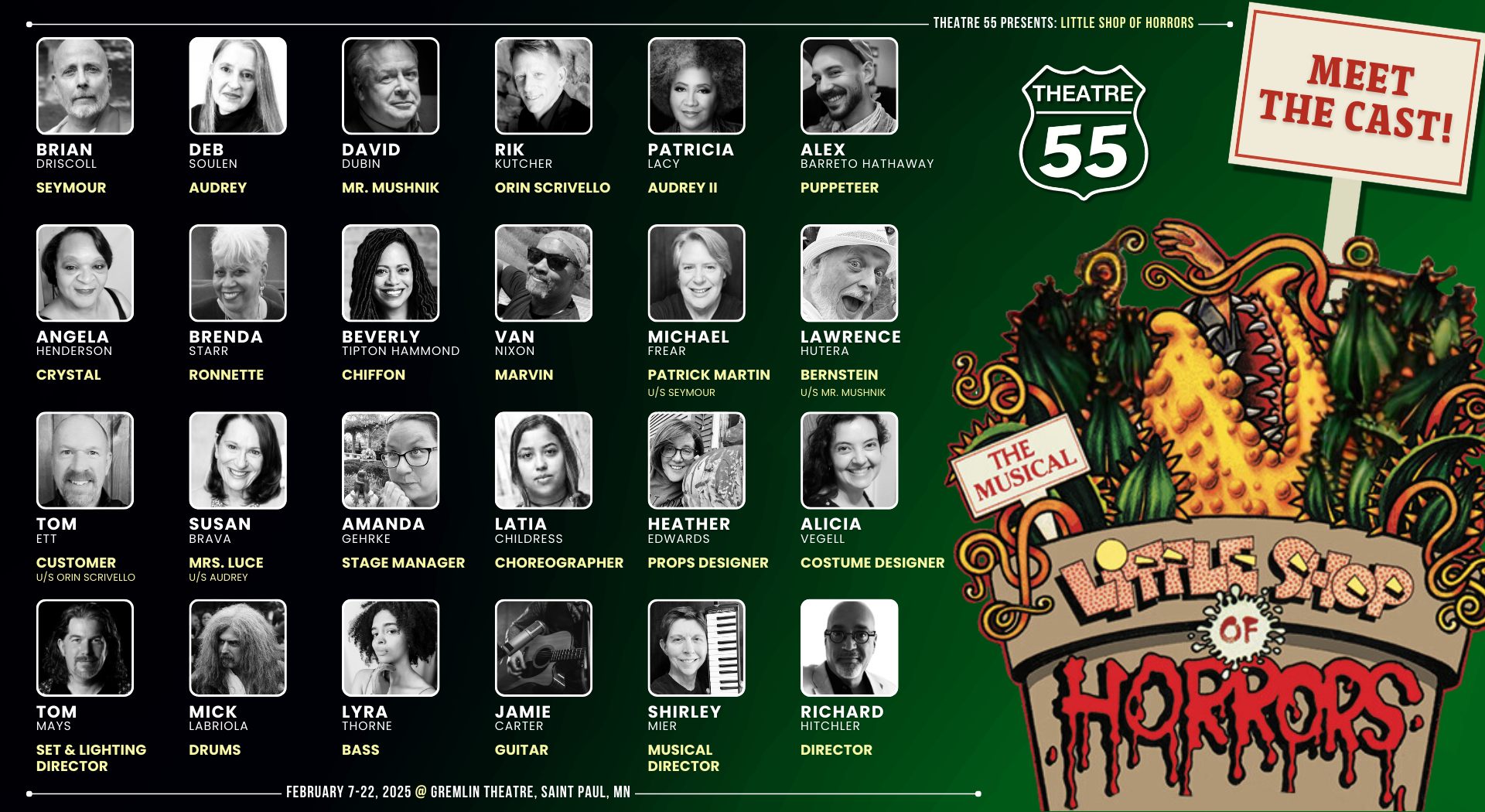Blog
Joe Pass (born Joseph Anthony Jacobi Passalacqua; January 13, 1929 – May 23, 1994 New Brunswick, NJ) was an American jazz guitarist. Although Pass collaborated with pianist Oscar Peterson and vocalist Ella Fitzgerald, his status as one of the most notable jazz guitarists of the 20th century is generally attributed to his work on his solo albums, such as Virtuoso.
Pass’s released his studio debut Sounds of Synanon on July 1, 1962.
Pass recorded and released a series of albums during the 1960s under Pacific Jazz Records, including Catch Me, 12-String Guitar, For Django, and Simplicity. In 1963, he received DownBeatmagazine’s New Star Award. He also played on Pacific Jazz recordings by Gerald Wilson, Bud Shank, and Les McCann. Pass was a member of the George Shearing Quintet from 1965 through 1967.
Throughout the 1960s, Pass primarily did TV and recording session work in Los Angeles, including performing in television orchestras. Norman Granz, the producer of Jazz at the Philharmonic and the founder of Verve Records, signed Pass to Pablo Records in December 1973.
In December 1974, Pass released his solo album Virtuoso on Pablo. Also in 1974, Pablo released the album The Trio with Pass, Oscar Peterson, and Niels-Henning Ørsted Pedersen. He performed with them on many occasions throughout the 1970s and 1980s. At the Grammy Awards of 1975, The Trio won the Grammy Award for Best Jazz Performance by a Group. As part of the Pablo roster, Pass recorded with Benny Carter, Milt Jackson, Herb Ellis, Zoot Sims, Duke Ellington, Dizzy Gillespie, Ella Fitzgerald, and Count Basie.
Pass was diagnosed with liver cancer in 1992. Although he was initially responsive to treatment and continued to play into 1993, his health eventually declined, forcing him to cancel his tour with Pepe Romero, Paco Peña, and Leo Kottke. Pass performed for the final time on May 7, 1994, with fellow guitarist John Pisano at a nightclub in Los Angeles. Pisano told Guitar Player that after the performance Pass said “I can’t play anymore”, an exchange that Pisano described as “like a knife in my heart.” Pass died from liver cancer in Los Angeles 16 days later, at the age of 65.
more...
NGC 2264 is the designation number of the New General Catalogue that identifies two astronomical objects as a single object: the Cone Nebula, and the Christmas Tree Cluster. Two other objects are within this designation but not officially included, the Snowflake Cluster, and the Fox Fur Nebula. All of the objects are located in the Monoceros constellation and are located about 720 parsecs or 2,300 light-years from Earth. Due to its relative proximity and large size, it is extremely well-studied. NGC 2264 is sometimes referred to as the Christmas Tree Cluster and the Cone Nebula. However, the designation of NGC 2264 in the New General Catalogue refers to both objects and not the cluster alone.

Ronald Shannon Jackson (January 12, 1940 – October 19, 2013) was an American jazz drummer from Fort Worth, Texas. A pioneer of avant-garde jazz, free funk, and jazz fusion, he appeared on over 50 albums as a bandleader, sideman, arranger, and producer. Jackson and bassist Sirone are the only musicians to have performed and recorded with the three prime shapers of free jazz: pianist Cecil Taylor, and saxophonists Ornette Coleman and Albert Ayler.
Musician, Player and Listener magazine writers David Breskin and Rafi Zabor called him “the most stately free-jazz drummer in the history of the idiom, a regal and thundering presence.”[3] Gary Giddins wrote “Jackson is an astounding drummer, as everyone agrees…he has emerged as a kind of all-purpose new-music connoisseur who brings a profound and unshakably individual approach to every playing situation.”
In 1979, he founded his own group, the Decoding Society, playing what has been dubbed free funk: a blend of funk rhythm and free jazz improvisation.
more...John William “Long John” Baldry (12 January 1941 – 21 July 2005) was an English musician and actor. In the 1960s, he was one of the first British vocalists to sing the blues in clubs and shared the stage with many British musicians including the Rolling Stones and the Beatles. Before achieving stardom, Rod Stewart and Elton John were members of bands led by Baldry. He enjoyed pop success in 1967 when “Let the Heartaches Begin” reached No. 1 in the UK, and in Australia where his duet with Kathi McDonald “You’ve Lost That Lovin’ Feelin’” reached No. 2 in 1980.
Baldry lived in Canada from the late 1970s until his death, in which he continued to make records there. In the mid 1980’s, he took up voiceover work. Two of his best-known voice roles were as Dr. Ivo Robotnik in Adventures of Sonic the Hedgehog, and as KOMPLEX in Bucky O’Hare and the Toad Wars.
more...José Arcadio Limón (January 12, 1908 – December 2, 1972) was a dancer and choreographer from Mexico and who developed what is now known as ‘Limón technique’. In the 1940s, he founded the
José Limón Dance Company (now the Limón Dance Company), and in 1968 he created the José Limón Foundation to carry on his work.
In his choreography, Limón spoke to the complexities of human life as experienced through the body. His dances feature large, visceral gestures — reaching, bending, pulling, grasping — to communicate emotion. Inspired in part by his teacher Doris Humphrey‘s and Charles Weidman‘s theories about the importance of body weight and dynamics, his own Limón technique emphasizes the rhythms of falling and recovering balance and the importance of good breathing to maintaining flow in a dance. He also utilized the dance vocabulary developed by both Doris Humphrey and Charles Weidman, which aimed at demonstrating emotion through dance in a way that was much less strict and stylized than ballet as well as used movements of the body that felt most natural and went along with gravity.
Limón’s most well-known work is The Moor’s Pavane (1949), based on Shakespeare’s Othello, which won a major award. Other works were inspired by subjects as diverse as the McCarthy hearings (The Traitor) and the life of La Malinche, who served as interpreter for Hernán Cortés. Limón generally sets his dances to music, choosing composers ranging from Ludwig van Beethoven and Frederic Chopin to Arnold Schoenberg and Heitor Villa-Lobos.
more...Fred McDowell (January 12, 1904 – July 3, 1972), known by his stage name Mississippi Fred McDowell, was an American singer-songwriter and guitarist of hill country blues music.
McDowell was born in Rossville, Tennessee. His parents were farmers, who both died while Fred was in his youth. He took up the guitar at the age of 14 and was soon playing for tips at dances around Rossville. Seeking a change from plowing fields, he moved to Memphis in 1926, where he worked in the Buck-Eye feed mill, which processed cotton into oil and other products. In 1928, he moved to Mississippi to pick cotton.He finally settled in Como, Mississippi, around 1940, where he worked as a full-time farmer for many years while continuing to play music on weekends at dances and picnics.
more...George M. Duke (January 12, 1946 – August 5, 2013 San Rafael, Ca) was an American keyboardist, composer, singer-songwriter and record producer. He worked with numerous artists as arranger, music director, writer and co-writer, record producer and as a professor of music. He first made a name for himself with the album The Jean-Luc Ponty Experience with the George Duke Trio. He was known primarily for 32 solo albums, of which A Brazilian Love Affair from 1979 was his most popular, as well as for his collaborations with other musicians, particularly Frank Zappa.
more...James Columbus “Jay” McShann (January 12, 1916 – December 7, 2006 Muskogee,OK) was an American jazz pianist, vocalist, composer, and bandleader. He led bands in Kansas City, Missouri, that included Charlie Parker, Bernard Anderson, Walter Brown, and Ben Webster.
McShann moved to Kansas City, Missouri, in 1936, and set up his own big band which variously featured Charlie Parker (1937–42), Al Hibbler, Ben Webster, Paul Quinichette, Bernard Anderson, Gene Ramey, Jimmy Coe, Gus Johnson (1938–43), Harold “Doc” West, Earl Coleman, Walter Brown, and Jimmy Witherspoon, among others. His first recordings were all with Charlie Parker, the first as the Jay McShann Orchestra on August 9, 1940.
The band played both swing and blues numbers, but played blues on most of its records; its most popular recording was “Confessin’ the Blues” with Walter Brown on vocals. The group disbanded when McShann was drafted into the Army in 1944. After his return two years later, he found that small groups were now taking the place of big-bands in the jazz scene.
more...NASA’s James Webb Space Telescope’s NIRCam (Near-Infrared Camera) image of the galaxy cluster PLCK G165.7+67.0, also known as G165. A foreground cluster, located 3.6 billion light-years away from Earth, is magnifying and bending the light of the distant universe beyond. In this image, astronomers discovered the light of an exploding star — more specifically, a Type Ia supernova — imaged three times, seen as points of light within the prominent red arc at the right-center of the image.
To achieve three images, the light traveled along three different paths. Since each path had a different length, and light traveled at the same speed, the supernova was imaged in this Webb observation at three different times during its explosion. The multiply-imaged supernova offers astronomers a unique way to calculate a new value for the Hubble constant — the rate at which the universe is accelerating.
The field of G165 is known for a high rate of star formation of more than 300 solar masses per year, an attribute that correlates with higher supernova rates.

more...
Laurens Hammond (January 11, 1895 – July 1, 1973 Evanston, IL) was an American engineer and inventor. His inventions include the Hammond organ, the Hammond clock, and the world’s first polyphonic musical synthesizer, the Novachord.
more...Lee Mack Ritenour (born January 11, 1952 LA,CA) is an American jazz guitarist who has been active since the late 1960s.
Ritenour’s solo career began with the album First Course (1976), a good example of the jazz-funk sound of the 1970s, followed by Captain Fingers, The Captain’s Journey(1978), and Feel the Night (1979).
In 1979, he “was brought in to beef up” one of Pink Floyd’s The Wall‘s heaviest rock numbers, “Run Like Hell“. He played “uncredited rhythm guitar” on “One of My Turns“. As the 1980s began, Ritenour began to add stronger elements of pop to his music, beginning with Rit (1981). Rit became his only release to chart in Australia, peaking at number 98. “Is It You” with vocals by Eric Tagg reached No. 15 on the Billboard pop chart and No. 27 on the Soul chart.The track peaked at number fifteen on Hot Adult Contemporary chart. He continued with the pop-oriented music for Rit/2 (1982) and Banded Together (1984), while releasing a Direct-Disk instrumental album in 1983 called On the Line. He also provided rhythm guitar on Tom Browne‘s album Funkin’ for Jamaica. He recorded Harlequin (1985) with Dave Grusin and vocals by Ivan Lins. His next album, Earth Run, was nominated for a Grammy Award for Best Jazz Fusion Performance. The album’s title track was also Grammy nominated in the category of Best Instrumental Composition. Portrait (GRP, 1987) included guest performances by the Yellowjackets, Djavan, and Kenny G.
In 1988, his Brazilian influence came to the forefront on Festival, an album featuring his work on nylon-string guitar. He changed direction with his straight-ahead jazz album Stolen Momentswhich he recorded with saxophonist Ernie Watts, pianist Alan Broadbent, bassist John Patitucci, and drummer Harvey Mason. During the same year, he composed the theme song for the Canadian TV series Ramona.
more...Slim Harpo (born Isiah Moore or James Isaac Moore; February 11, 1924 – January 31, 1970 Lobdell, LA) was an American blues musician, a leading exponent of the swamp bluesstyle, and “one of the most commercially successful blues artists of his day”. He played guitar and was a master of the blues harmonica, known in blues circles as a “harp”. His most successful and influential recordings included “I’m a King Bee” (1957), “Rainin’ in My Heart” (1961), and “Baby Scratch My Back” (1966), which reached number one on Billboard‘s R&B chart and number 16 on its broader Hot 100 singles chart.
more...

More Posts
- Surviving the Pandemic and Realizing Racial Justice
- The Cosmos with NGC 7023
- Ludovico Einaudi
- R. L. Burnside
- Johnny Mandel
- Manuel de Falla
- World Music with Natu Camara
- Daily Roots with Errol Holt
- Surviving the Pandemic and Realizing Racial Justice
- The Cosmos with Barnard 68
- Aston Barrett
- Jesse Colin Young
- Jimmy Knepper
- Benjamin Britten
- Hoagy Carmichael
- World Music with Aditya Prakash
- Daily Roots with Carlene Davis
- Surviving the Pandemic and Realizing Racial Justice
- The Cosmos with NGC 5308
- Alphonse Mouzon
